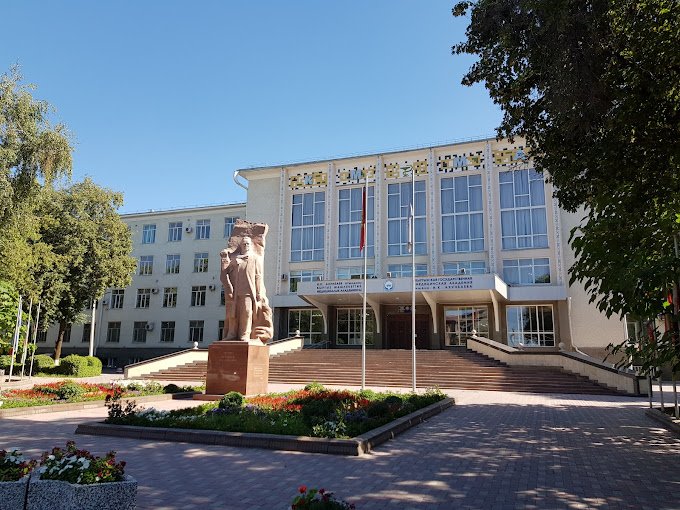
Founding Years (1939-1943)
In April 1939, the Kyrgyz State Medical Institute was established in Frunze, laying the foundation for the first higher medical school. Professors from major cities like Moscow, St. Petersburg, Kharkov, and Kiev played a crucial role. The institute faced challenges during the Great Patriotic War, leading to reduced training periods.
War Efforts and Graduation (1943)
Despite wartime challenges, the institute saw its first graduation in 1943, producing 120 doctors. The hardships prompted a shift to a 6-year training period after the war, with state transfer exams introduced in various subjects.
Post-War Developments (1948-1960s)
Post-war, from 1948 onwards, the institute transitioned to a 6-year training period and introduced state transfer exams. Specialized training and technological advancements in education marked the 50s and 60s, setting the groundwork for the institute’s leading role in physiology and pathology in the USSR.
Scientific Advancements (1970s-1980s)
In the 70s, the institute excelled in physiology, pathology, and adaptation to mountain conditions, establishing robust scientific ties with institutions across the Soviet Union. The 80s witnessed significant improvements in teaching and research, placing the Kyrgyz State Medical Institute on the international stage for mountain medicine studies.
Institutional Changes (1996-2008)
In 1996, the institute underwent reorganization, becoming the Kyrgyz State Medical Academy. Subsequently, in 2008, it was named after I. K. Akhunbaev. Structural changes aimed at a market economy transition, introducing a contract training system, and modernizing the educational process.
Current Status (2000-Present)
Since 2000, the Kyrgyz State Medical Academy has adapted its curricula to international standards, offering programs in Russian and English. It houses various faculties and institutes, including those for foreign citizens, pharmacy, nursing, management, and public health. The academy continues to train doctors for both near and far-abroad countries.
Overview of Bishkek
Bishkek, formerly known as Pishpek and Frunze, serves as the capital and largest city of Kyrgyzstan. It also functions as the administrative center of the Chüy Region, situated near the Kazakhstan–Kyrgyzstan border. As of 2021, its population reached 1,074,075.
Historical Background
Geography and Infrastructure
Cultural and Architectural Highlights
Climate

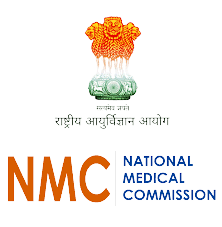
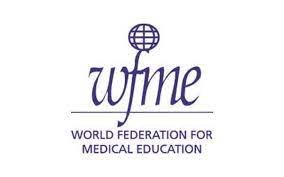
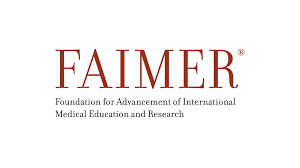
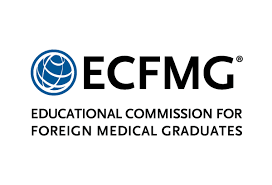
| Particular | Statistics |
|---|---|
| Intake for MBBS Course | September |
| University Type | Government |
| Eligibility Criteria | 50% or more marks in 12th board exam |
| No. of Indian Students | 1000+ |
| NEET Examination | Required |
| Annual Tuition Fees | $4500 USD |
| Duration of MBBS Course | 6 years (including 1 year of internship) |
| Medium of Teaching | English language |
| University Ranking | Country Rank – 12, World Rank – 8947 |
| Recognition | NMC & WHO approved |
Top-Ranked Government University:
Affordable Fee Structure:
Established Institution:
Medium of Teaching:
Indian Mess and Food Facilities:
Cultural Exposure:
Global Opportunities:
Largest Anatomy Lab:
Decades of Teaching Experience:
FMGE Screening Test Coaching:
Hospital Affiliations:
Students Communities
Extracurricular Activities
Scientific Life of Students
1st Year
| 1st Semester | 2nd Semester |
|---|---|
| Anatomy | Anatomy |
| Histology | – |
2nd Year
| 3rd Semester | 4th Semester |
|---|---|
| Anatomy | Physiology |
| Bio-Chemistry | Bio-Chemistry |
| Histology | Micro-Biology |
| Physiology | – |
3rd Year
| 5th Semester | 6th Semester |
|---|---|
| Pathology | Path physiology |
| Micro-Biology | Pharmacology |
| Pathology | Pharmacology |
| Path physiology | – |
4th – 5th Year
| 7th – 10th Semester |
|---|
| Clinical Subjects |
| Clinical Postings |
| Oncology |
| Internal Medicine |
| Neurology |
| Psychology |
| Pediatrics |
| General Surgery |
| Gynecology |
| ENTs |
| Emergency Medicine |
| Cardiology |
Academic Performance:
NEET Qualification:
Age Requirement:
Hostel Accommodation:
Diverse Community Living:
Hostel Management:
Facilities for Academic and Physical Development:
Self-Cooking Facilities:
Well-Furnished Rooms:
Convenient Location:
Step 1: Initial Counseling
Step 2: Submission of Application
Step 3: Payment of Application Fee
Step 4: University Admission
Step 5: payment of 1st year Tuition Fees
Step 6: payment of Visa Processing & Documentation Charges
Step 7: Invitation Letter
Step 8: Visa Application
Step 9: Payment of Consultancy Service Charges
Step 10: Purchase of Air Ticket
Step 11: Document Safety
Step 12: Airport Reception and Briefing
Step 13: Arrival and Enrollment
Documents Required:
To ensure a smooth MBBS admission process at Altai State Medical University, Indian students are required to submit the following documents. Please note that all documents must be translated into Russian and duly certified at a consular department of the embassy (This will be taken care by RICH GLOBAL EDU)
Educational Documents:
NEET Exam Related:
Identification and Travel Documents:
Photographs:
Health and Safety Documents:
Ensuring that these documents are properly translated and certified is crucial for a successful application process.
| Particulars | Tuition Fee/Year | Hostel Fee/Year |
|---|---|---|
| Fees in US Dollars | 4500 USD | 1000 USD |
Notably, any one-time charges have been excluded for simplicity and ease of understanding.
*Food/Indian Mess Cost = 100 to 120 USD Per Month
Additional Expenses only in 1st year
| Expense Component | Cost (INR) |
|---|---|
| Application Fees | INR 10,000 |
Documentation & Visa Processing Charges This includes:
| INR 1,50,000 |
| Air Ticket | INR 30,000 – INR 40,000 |
Countries for MBBS Abroad
Top Universities for MBBS
FAQs
MBBS in Moldova
MBBS in Nepal
MBBS in USA
© 2024 Rich Global Edu